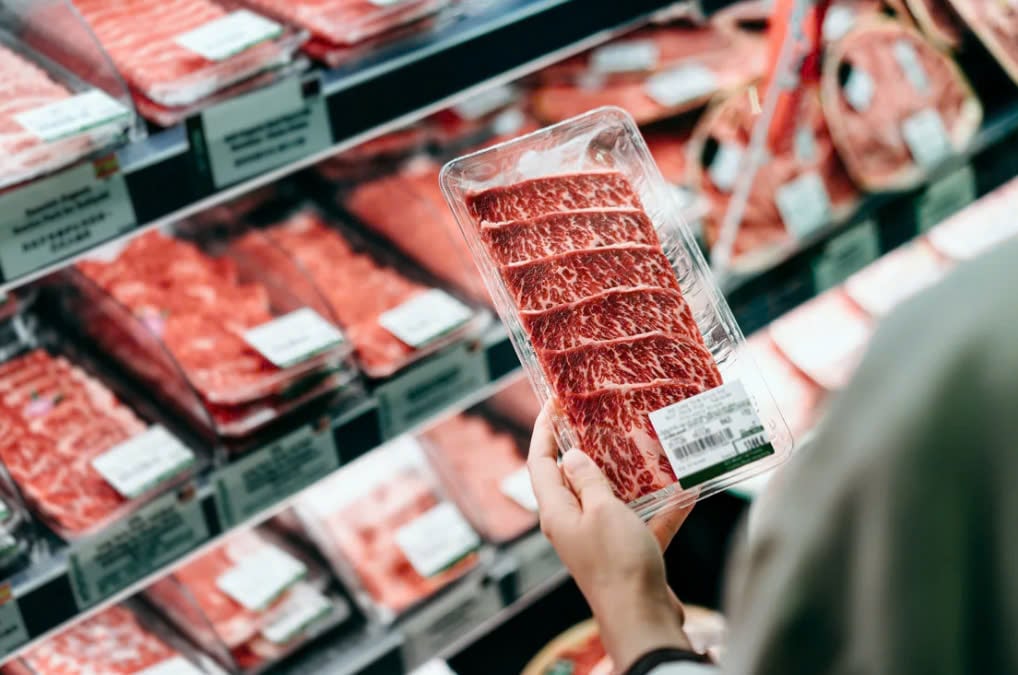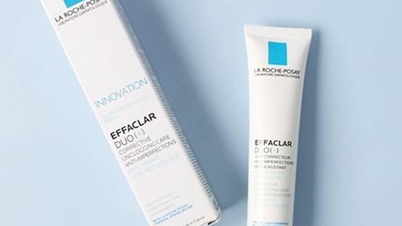Jane Muncke, director of the Food Packaging Forum in Zurich, Switzerland, notes that there is evidence that 76 breast cancer-causing substances in food packaging and food utensils have been found in the human body. Muncke says eliminating these dangerous chemicals is key to cancer prevention.

Illustration photo: Getty Images
According to the study, 40 of the chemicals found have been classified as hazardous by global regulatory agencies, but they are still allowed to be used in packaging that comes into direct contact with food. Jenny Kay from the Silent Spring Institute also stressed that these chemicals, despite being identified as harmful to health, continue to enter the market, posing a risk to the community.
The findings call for strong action to protect consumers from potential dangers in food packaging.
Early-onset breast cancer is on the rise in women under 50, and experts say it's not just genetic. Dr. Len Lichtenfeld, former deputy chief medical officer of the American Cancer Society, said it's not just a breast cancer problem; we're seeing colon cancer in younger people as well.
In 2007, Silent Spring published a list of 216 chemicals that have been shown to cause mammary tumors in rodents. In January 2024, the list was updated to 921 chemicals, including 642 that can stimulate the production of estrogen or progesterone – two hormones known to cause breast cancer.
The discovery of multiple carcinogens in food packaging is clear evidence that consumers are being inadvertently exposed to harmful chemicals every day, said Jenny Kay, co-author of the research update published in the journal Environmental Health Perspectives.
While regulators have a responsibility to protect the food supply, consumers can also reduce their own exposure to toxic chemicals and carcinogens by taking certain precautions, according to Silent Spring.
These include cooking safely (avoid grilling or burning foods); removing fat and skin from foods; choosing smaller seafood (which contains less mercury and toxins); avoiding packaging containing BPA; prioritizing organic produce; and using glass and stainless steel instead of plastic.
The above measures can significantly reduce exposure to hazardous chemicals in everyday life.
Ha Trang (according to CNN)
Source: https://www.congluan.vn/nghien-cuu-cho-thay-nguy-co-ve-chat-gay-ung-thu-trong-bao-bi-thuc-pham-post313789.html
































































































Comment (0)